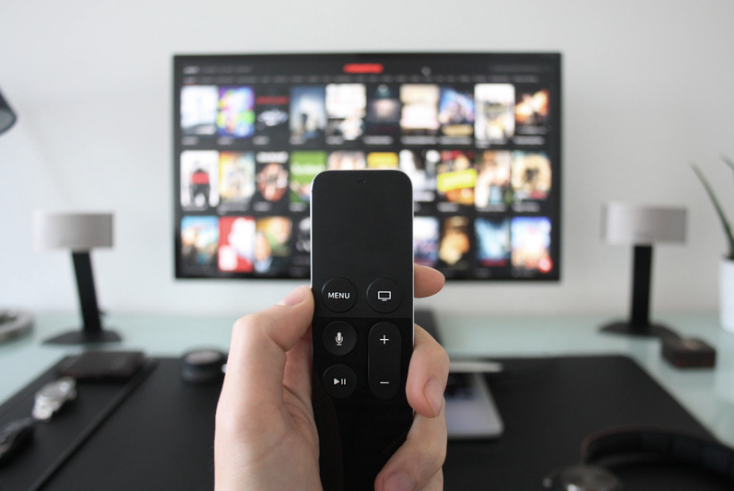TV inflation for C4 and ITV rises above pre-pandemic levels

TV ad pricing in February rose above pre-pandemic levels for both ITV and Channel 4, latest figures show.
Figures from BARB, produced by Mediatel Connected, show costs per thousand (CPTs) for Adults rose above 2019 levels in February, even higher than the previous month’s CPTs which bucked historical trends.
(CPTs, above, are calculated on Mediatel Connected using the formula Revenue + 17.65% agency commission divided by Impacts).
Traditionally in the seasonal trends of TV ad pricing, January and February are more affordable months to advertise on TV.
The latest data also shows that ITV and Channel 4, the UK’s two biggest commercial TV broadcasters, are almost priced the same at about £15 per thousand impacts.
ITV CPTs rose sharply between January and February 2022, nearly equalling its CPTs from November 2021, a more in-demand month to advertise on TV in the run-up to Christmas.
An ITV spokesperson told The Media Leader: “ITV advert prices vary significantly by month and are driven by a number of market factors including advertiser demand, audience profile and volume, so it’s difficult to make a direct comparison with other media channels given varied inventories, viewing figures and programming.”
According to BARB viewing figures, BBC’s The Apprentice was the most viewed programme in three weeks out of four in March with a peak of 6,762,000 views measured across four screens (TV, PC/laptop, tablet and smartphone) in the week starting 28 Feb.
TV inflation leading to “difficult conversations” with clients was discussed at length at the Big TV Festival, hosted by Thinkbox, Channel 4, ITV and Sky.
When asked about battling uncertainty with TV inflation and reach and frequency, Verica Djurdjevic, chief revenue officer at Channel 4, said : “How cheap or expensive something is depends on what you’re comparing it to, and in real terms, in fact, the cost of TV is cheaper than it has been for the last five years.
“But of course, it’s inflated versus the cost last year, which for all of you is making your life very, very difficult. And the reality is actually that most audiences are holding up pretty well.”
Simon Orpin, co-founder of independent media agency Electric Glue warned The Media Leader that the current pricing data shows an “undue focus on the airtime spot market which, even within the bounds of share deals, can leave clients exposed to short term price fluctuations.’
“This is especially true when the market is unduly affected by extraneous circumstances, as we are all painfully aware,” Orpin added.
He went on: “Ironically, a commonly-seen tactic in an inflationary market is to reduce commercial time lengths in the myopic belief that this saves money. This actually reduces the impact of the creative work and is ultimately detrimental to the effectiveness of the advertising over the longer term.”
“While TV spend by category is still displaying a largely similar pattern to last year, one recent trend, in part as a direct knock on from price inflation, has been an increase in the number of TV shows that have been sponsored at “higher rates than ever before,” Orpin added.
“Of course, media always offers choice but the importance of sacrificing to the most effective partners rather than merely the cheapest becomes even more crucial at such price sensitive moments,” he concluded.




